In light of India introducing its National Education Policy (NEP) recently, and to commemorate Teacher's Day on September 5, Kartavya Sadhana will be publishing a three-part series written by Ujjwala Deshpande, where she talks about her journey in the education system - from a student to a teacher. Besides having an experience of 10 years of teaching Sociology to BA and MA, she is also an awardee of the Sabarmati fellowship.
With this rich background, and her understanding of the Gandhian concept of education, she analyzes the contemporary methods of the teaching and learning process in the higher education system. This third part of the article focuses on the Gandhian model (Nayee Talim) of work-based learning and its application in today’s higher education system.
What do we need to do to change this situation? So many experts have provided us with the solution to this question with their tried out methods – let us see M.K.Gandhi’s Nayee Talim, as mentioned in Suhrud T’s book, ‘My Life My Message - Narayan Desai’. The Hindustani Talimi Sangh was formed on 23 April 1938, in a national convention of educationalists at Wardha. Nayee Talim was the result of all of Gandhi’s experiences and experiments since the days of the Phoenix Settlement.
Nayee Talim or Basic Education was the result of Gandhiji’s unusual genius. It was born out of more than thirty years of experience. The national manifestation of the Nayee Talim came after provincial governments were formed; but he had begun experimenting with this type of education in South Africa with his sons. Nayee Talim means learning from life. Learning through productive activity, community life, nature, an environment that is nourished by freedom, affection and self-expression, are at the heart of Nayee Talim.
 Nayee Talim was not a whim on Gandhi’s part as we see in today’s India. Decisions like ‘no exams for school children till 8th standard’ are taken without taking the affected society into confidence; and in the same manner, they are reversed later owing to ‘supposed failure’. Gandhi had a moral right to propose this idea as he had tried it on his children; he was not making other’s kids guinea-pigs.
Nayee Talim was not a whim on Gandhi’s part as we see in today’s India. Decisions like ‘no exams for school children till 8th standard’ are taken without taking the affected society into confidence; and in the same manner, they are reversed later owing to ‘supposed failure’. Gandhi had a moral right to propose this idea as he had tried it on his children; he was not making other’s kids guinea-pigs.
What was education for Gandhi? His answer was: By education, I mean an all-round drawing out of the best in child and man-body, mind and spirit. Literacy is not the end of education nor even the beginning. It is only one of the means by which man and woman can be educated. Literacy in itself is no education. I would therefore begin the child’s education by teaching it a useful handicraft and enabling it to produce from the moment it begins its training. [“Criticism Answered, Harijan, July 31, 1937”, CWMG, vol. 65, p. 450]
Sumant, while commenting on M. K. Gandhi’s ‘Nayee Talim’, explained that it was not an education system but a means to achieve the end – the complete education system. For Gandhi, education should be life-oriented (Jeevanabhimukh), fostering creativity, and related to productive labor (Utpadak Shram) Even during his time, he was worried about the ‘commodification’ of people. He considered it a threat to the identity (Asmita) and existence (Astitva) of the people.
Gandhi gave preference to the finding of a solution to the problem of existence, because according to him if existence is threatened, then how will identity exist? Therefore, he suggested work-based education (Shramanishtha Shikshan) which leads to financial independence and becomes a means to earn a livelihood for those who take it.
Sumant then goes on to explain how for Gandhi, literacy is not the start and end-goal of education. Direct, actual, and experiential education is the start, middle, and end of real education. Gandhi also condemned the kind of education which favors a particular class and protects its interests. He clearly stated that education should not become a tool in the hands of powerful class to smother or control others.
India’s well-renowned scientist Dr. Jayant Naralikar said in an article in Sakal that, “creativity needs motivation which depends on the atmosphere of the institute, work culture, dialogue with the seniors – with some exceptions the situation is depressing – discussions, arguments are essential for the development of the subject”. He also says that “the teachers need to create interest for the subject in the minds of the students through their teaching” and “this is a big challenge as many professors feel it a burden (Nasati Byad – a Marathi word used by Dr. Naralikar, literally meaning burden) to go to the class and take their lectures!” This kind of attitude needs drastic changes.
There is also a need to stop treating external students with disdain, especially when many regular students also study in a worse manner! Ramesh Bairy T S, a sociology professor, very aptly shows in his paper how the debate is excluding (‘politics of exclusion’) certain factors by pointings out that ‘the debate refuses to acknowledge the existence of the space of undergraduate Sociology and of the undecided practitioners.’
Subject experts who despise ‘external’ students, merely for their externality, do not feel external when they do online courses! So, is it justifiable just because they are doing it, and that too from foreign universities?
We all must develop the habit of reading – not only books, but also available newspapers, and especially those writers who have field experience. If possible, interacting with these people will give good exposure to the students and also enhance the teachers’ knowledge on the topic.
We as teachers must also accept multi-disciplinary and trans-disciplinary attitudes. Will our colleagues at least start thinking beyond the borders of our respective disciplines to gain Knowledge? Or are we going to be satisfied with our narrow-minded approach?
In a book by Agarwal, Philip G. Altbach while elaborating on the challenges faced by India’s higher education system, has concluded that “Given the realities of contemporary Indian higher education, it is not possible to be optimistic about a breakthrough in quality. It seems quite unlikely that any of India’s existing universities will soon become world-class... (Due to) the structural, political, and economic problems (in India,) it (is) unlikely that expansion at the bottom of the system and excellence at the top can be provided”
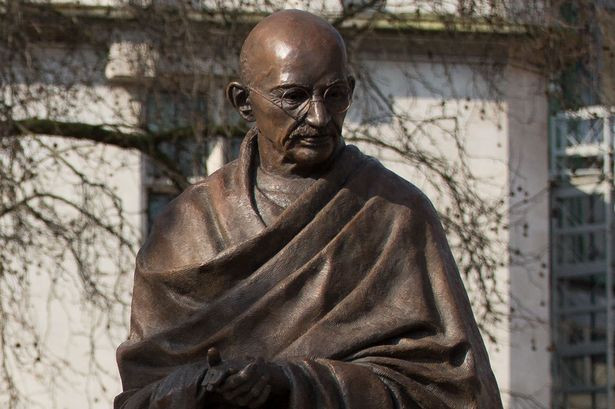 Gandhi closely aligned morality with education. He believed that knowledge without morality is evil; it can erode society like a malicious worm. Now all this may seem to be very idealistic or utopian, but I don’t agree. Gandhi’s ideas about education are or could be difficult but they are not impossible. A lot of effort and patience is needed. At the same time, one has to be true to oneself.
Gandhi closely aligned morality with education. He believed that knowledge without morality is evil; it can erode society like a malicious worm. Now all this may seem to be very idealistic or utopian, but I don’t agree. Gandhi’s ideas about education are or could be difficult but they are not impossible. A lot of effort and patience is needed. At the same time, one has to be true to oneself.
Ethics in education – starting from the teachers themselves, the self-supporting nature of the educational system, and the combination of hand-head-heart are important. They will help us achieve that which Philip G. Altbach said was impossible to witness in the Indian higher education system – a breakthrough in quality, world-class universities, etc. Gandhi is there to guide us. The only challenge is, are we willing enough to take his help?
To conclude, I am again stressing that using M. K. Gandhi’s ‘Nayee Talim’ model is not a utopian perspective. I can say this with conviction as I am now a part of the team (Educational Transformation Program) in the company (Maharashtra Knowledge Corporation Limited) which has introduced Work-based Learning (WBL) in creating skilled human resources to cater to the needs of the everchanging society.
This is done by introducing two graduate programs – BSc (Computer System Administration) and BBA (Services Management). They are run in collaboration with two well-known Open Universities in India – YCMOU, and IGNOU respectively.
In these programs, the students acquire three years’ work experience, earn their stipend, and get their graduate degree. Even during the ongoing COVID-19 pandemic and the consequent lockdown period, all these interns are working from home, studying using e-Learning tools, and attending online work reflection sessions.
I have intentionally given links to these programs so the readers will get a better understanding of the changes taking place in higher education which have the power to defeat Philip G. Altbach’s pessimist prediction about India’s higher education and which are based on the ideology of M. K. Gandhi’s ‘Nayee Talim’.
- Ujjwala Deshpande
ujjwala.de@gmail.com
Part 1 and part 2 can be read here and here respectively.
References for this three-part series:
1. Documents on History of Sociology, Savitribai Phule Pune University.
4. The collected works of Mahatma Gandhi
Tags: Education Ujjwala Deshpande National Education Policy New Education Policy NEP M. K. Gandhi Mahatma Gandhi Nayee Talim Contemporary Teaching Learning Process Work based Learning teaching Load More Tags



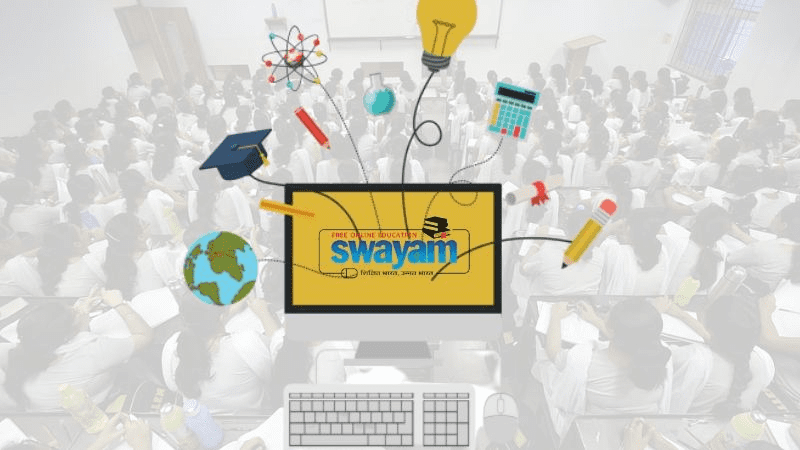
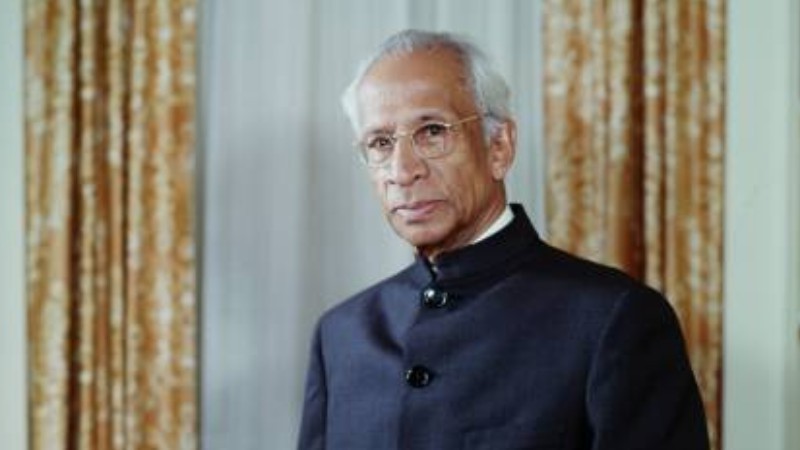
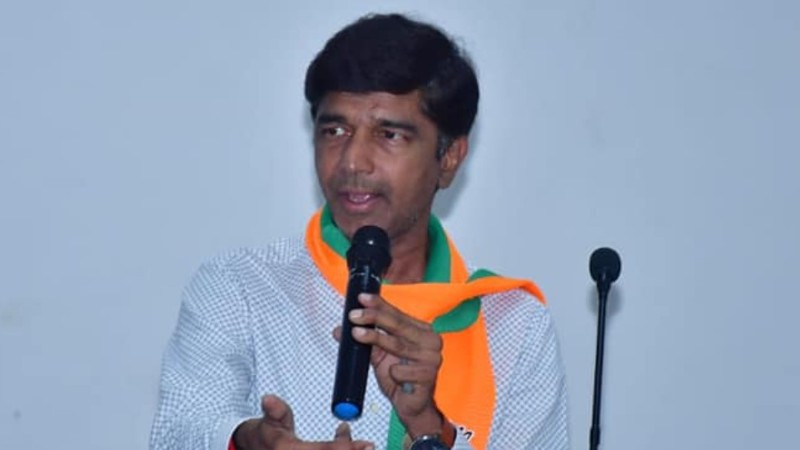
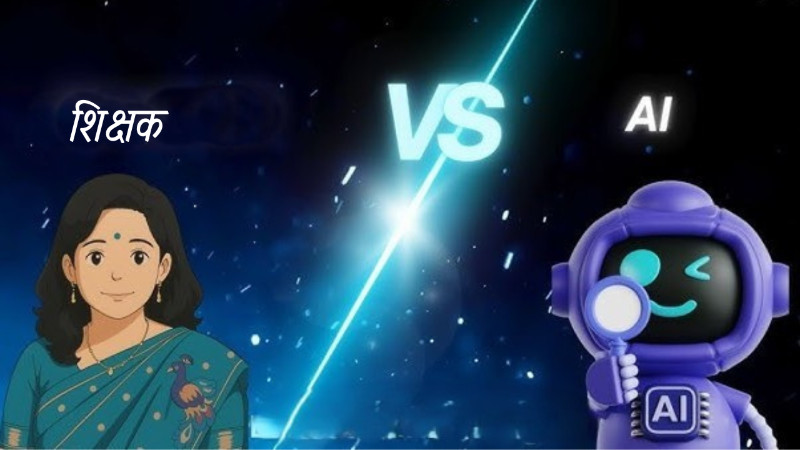
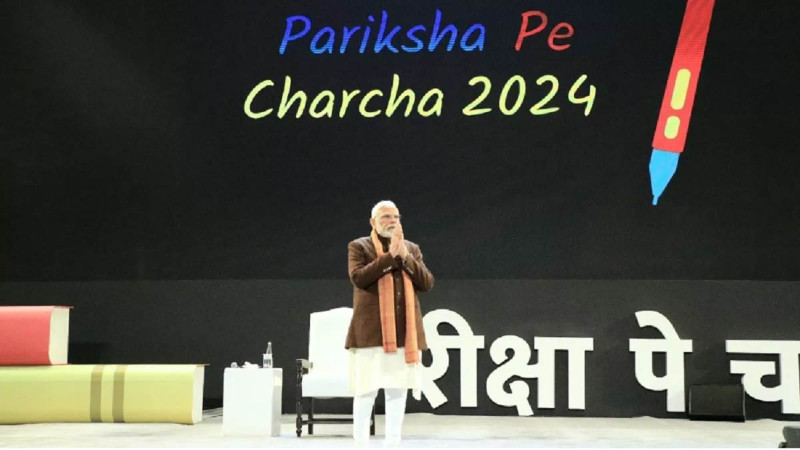
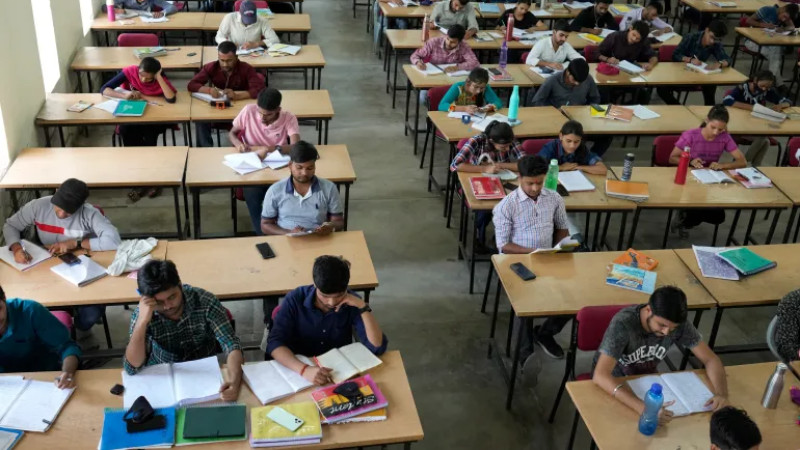
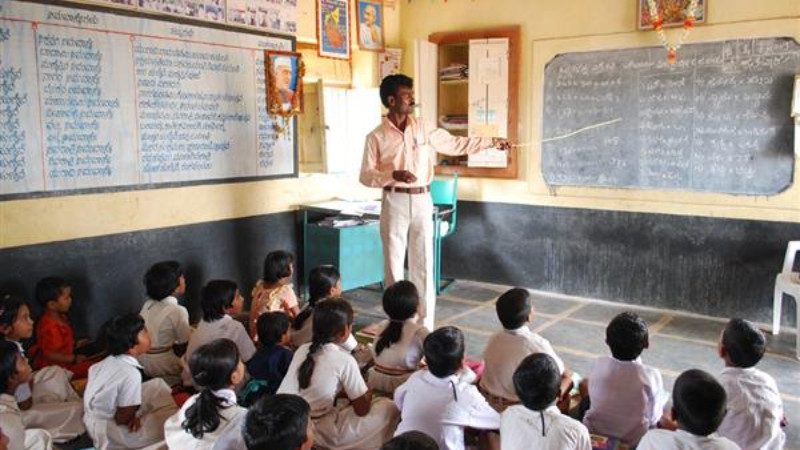


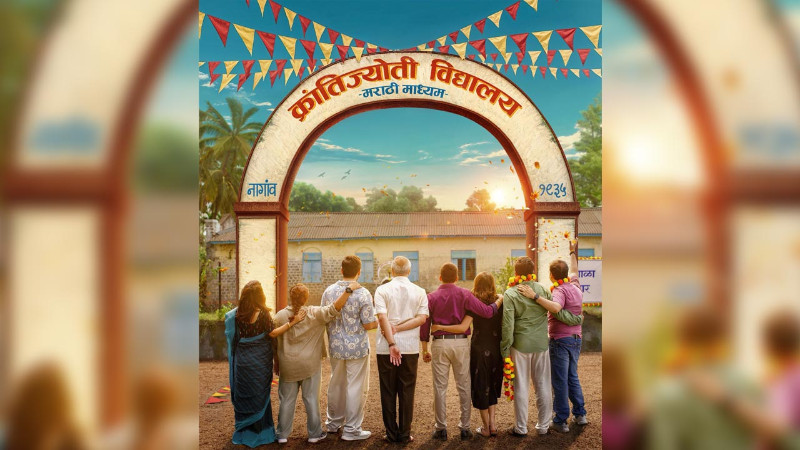

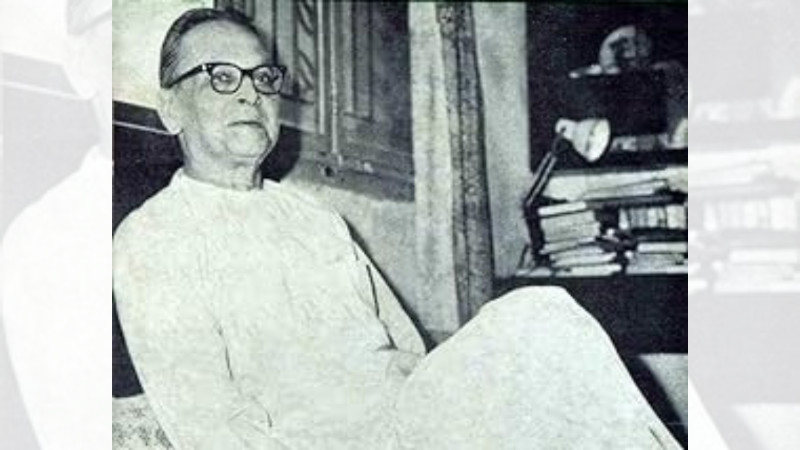
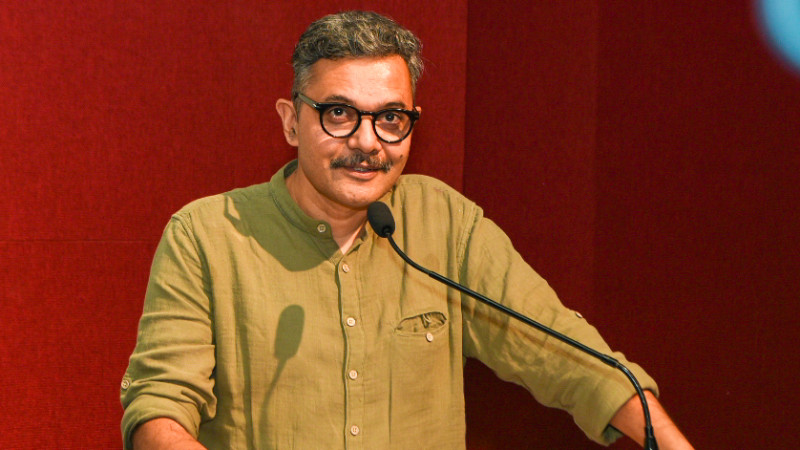
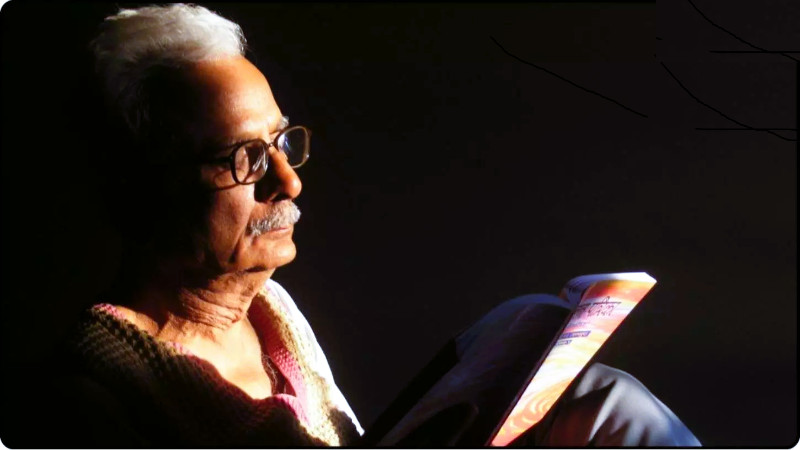
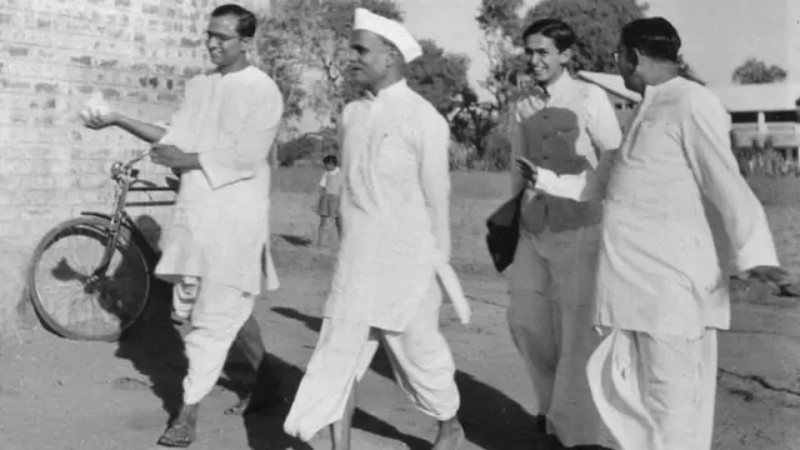
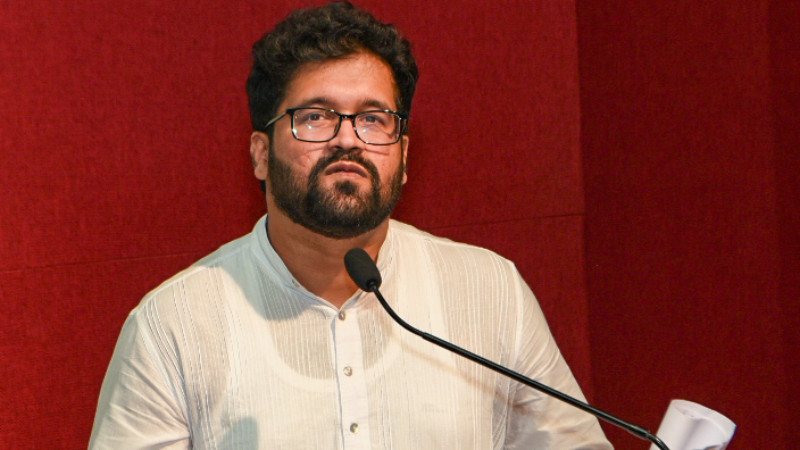
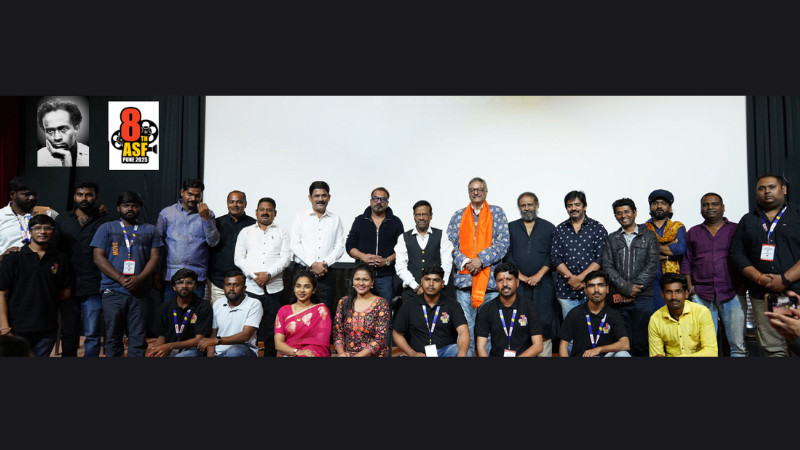

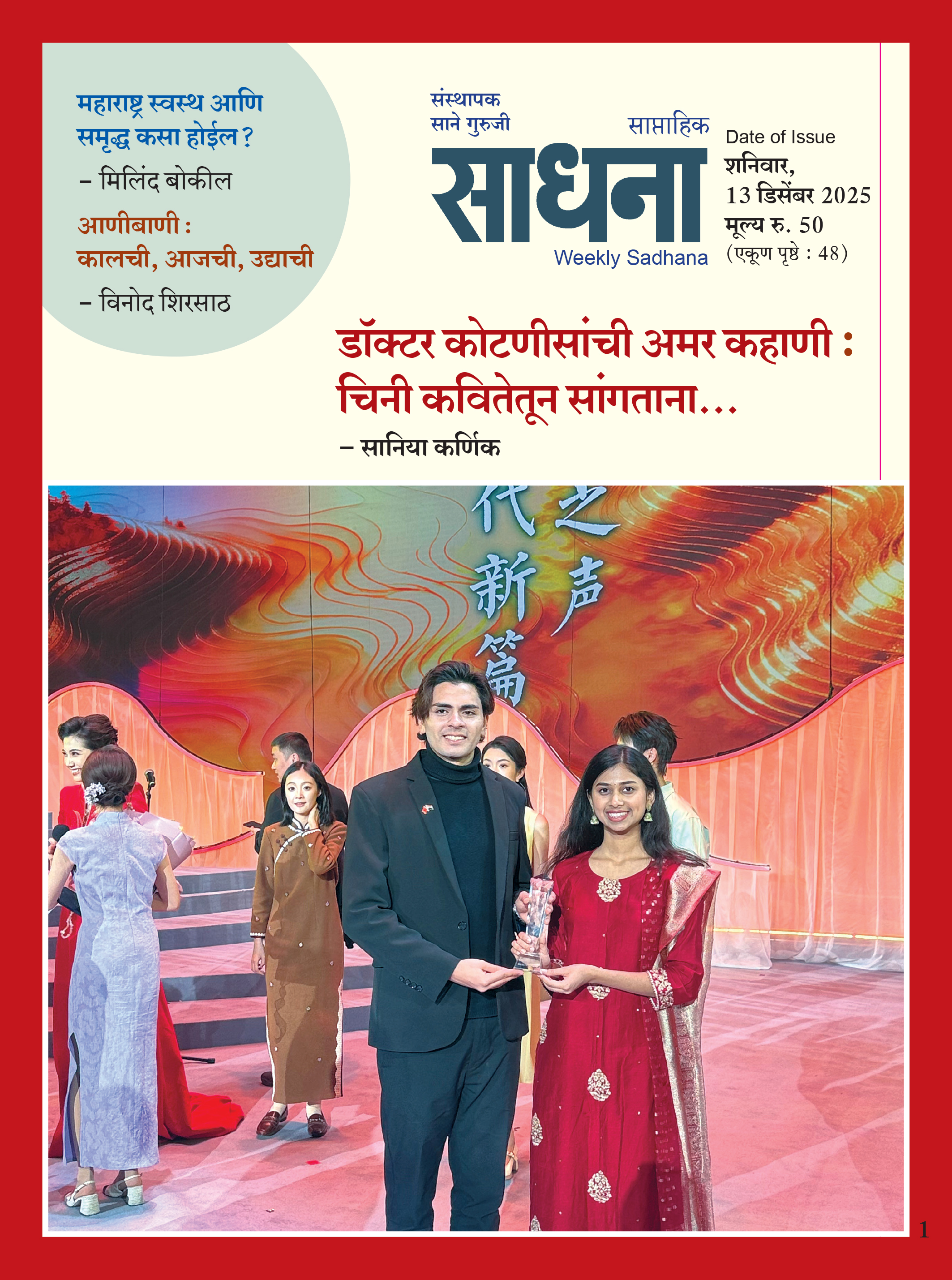













Add Comment